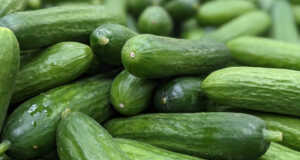I don’t know about you, but when I go to the grocery store for milk, I always have to purchase the smallest container possible because if not, it ends up going bad.
Because I don’t want to constantly end up pouring my milk down the drain, I’ve also gotten in a habit of searching for the longest “best by” dates possible. If you’re hyper-aware of the sell-by dates on milk cartons like me, then you’ve probably also noticed that there is a difference between organic milk expiration dates and all the others. It appears that organic milk lasts that bit longer.
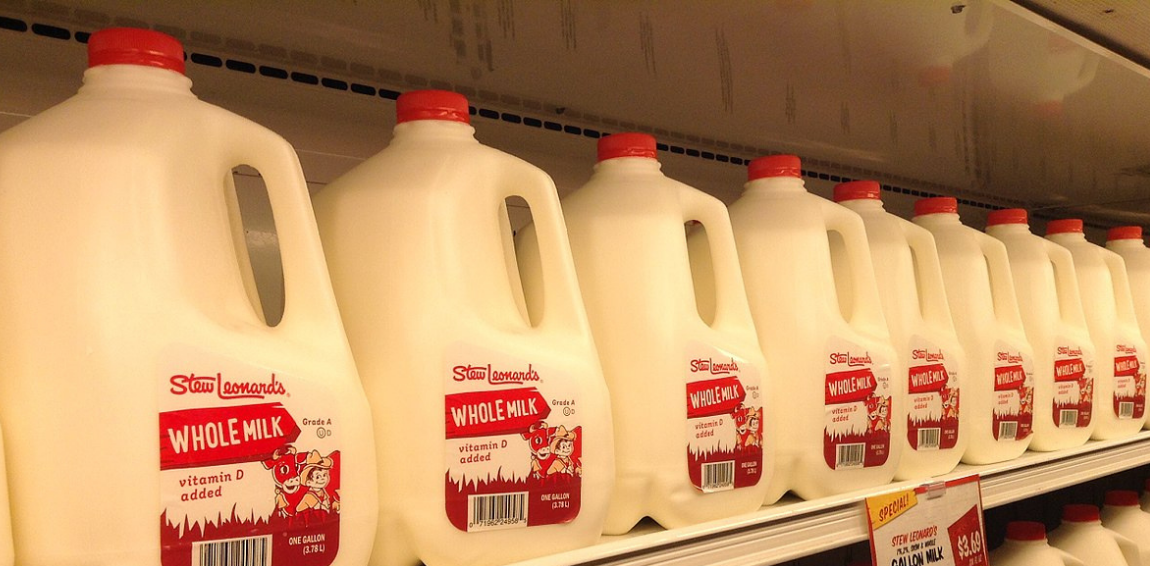
But what exactly is the difference between generic milk and organic milk? The main difference between organic and regular milk is the way that dairy farmers raise their cows, feed them, and care for their herd.
The only way that milk gets labeled organic is if the milk meets certain criteria. In order to do so, it has to follow the following regulations put out by the U.S. Department of Agriculture Organic seal, which means that the cows cannot be given hormones to stimulate milk production, they must be fed with feed that is free from synthetic pesticides or commercial fertilizers, they should be allowed to graze in pastures, and they cannot be given certain medications when treating any illnesses.
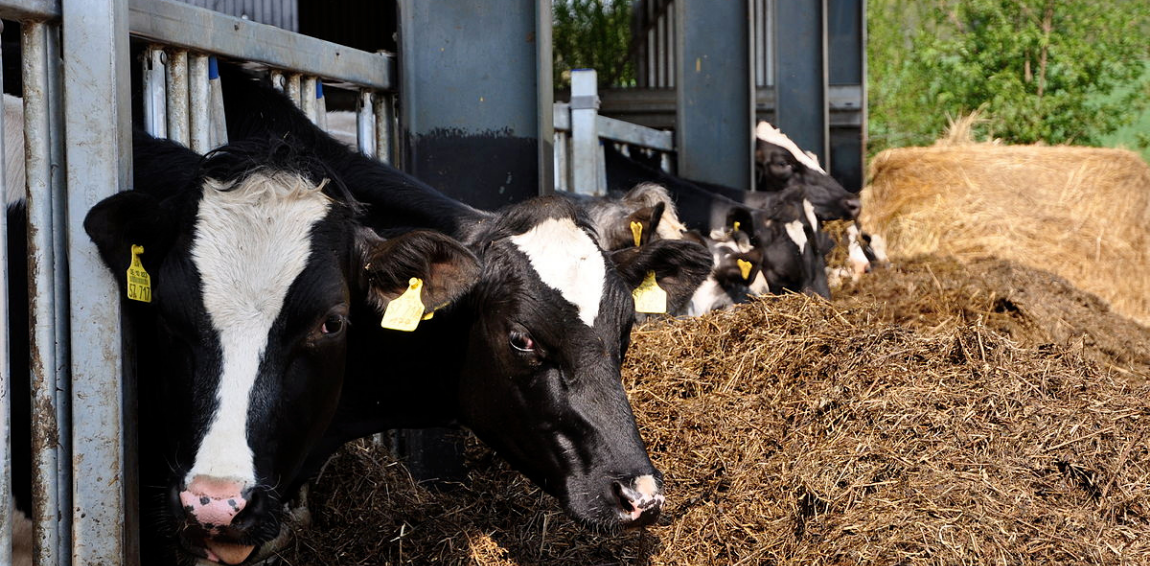
However, another big difference that contributes to why organic milk lasts longer, is based on the difference in how the milk gets pasteurized. As the Dairy Alliance has explained, in order to pasteurize conventional milk, dairies will go about it the standard way of heating the milk to roughly 160F for about 15 seconds.
But for organic milk, they will heat it extra high to 280F for between 2-4 seconds. Because of this method, organic milk will have more bacteria killed in the process, thus leading to a longer shelf life.
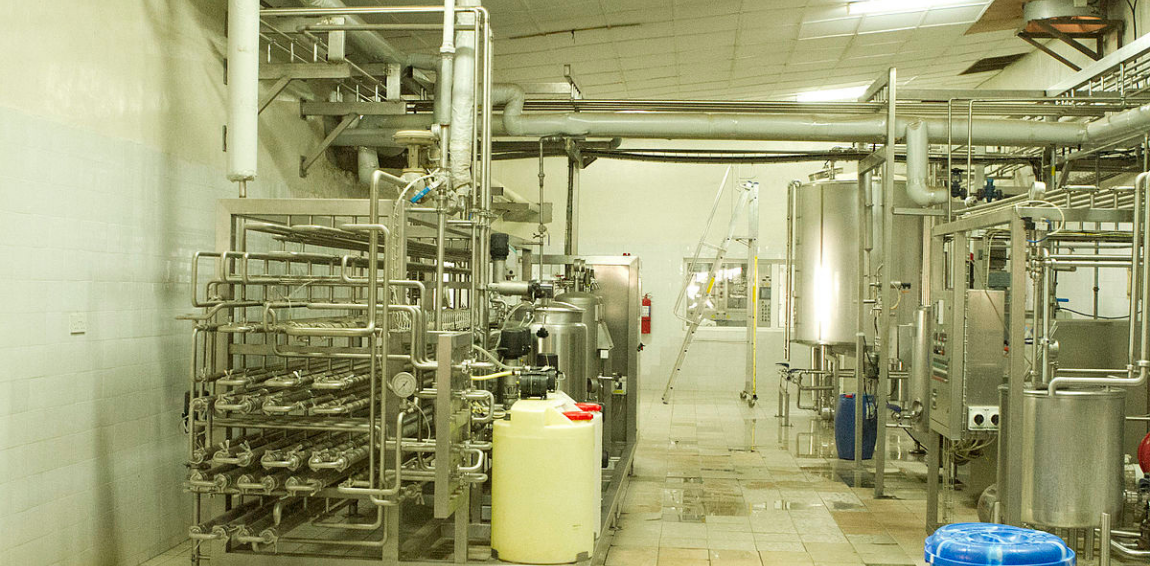
A part of the reason why organic dairies need to pasteurize the milk at a higher temperature is because it doesn’t come in contact with any antibiotics, just the production process.
Since there are far fewer organic milk dairy farms in the US, many of these dairies want to ensure that their products can make it to stores before going bad.
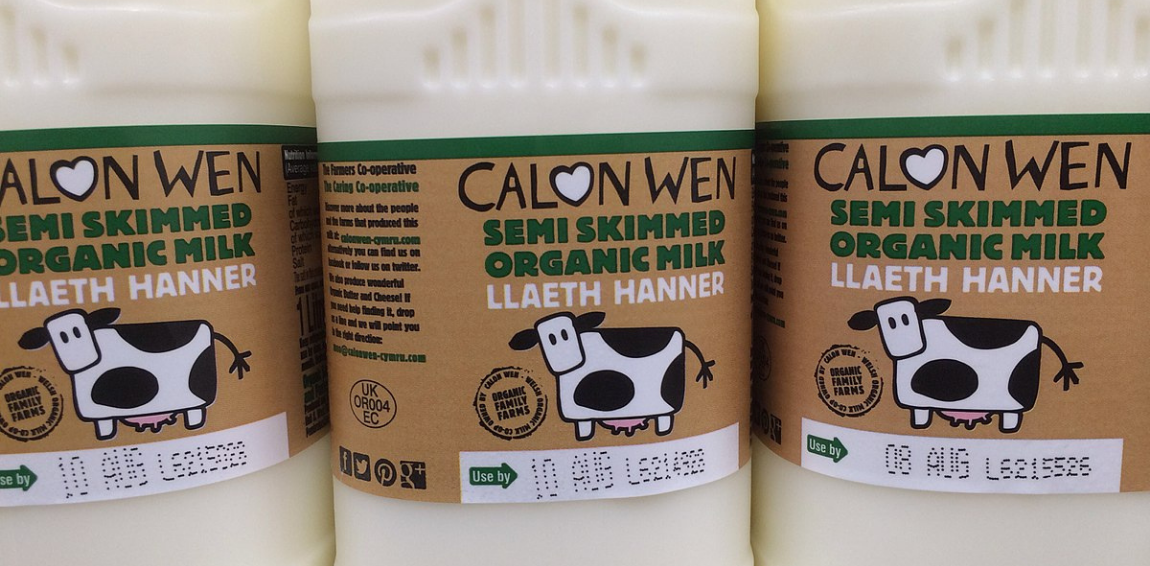
There is a downside to the organic milk process, and that is all down to taste and consistency. For example, organic milk might have a flavor that tastes a little more “cooked” than conventional milk. Additionally, because of the higher temperatures, it might also lose some of its natural proteins, which make it unusable for other processes, such as cheesemaking.
Regardless, there is a payoff and that is the shelf life. Unopened, organic milk can last for 40-60 days as opposed to conventional milk which only lasts 15-17 days. Whether you buy organic or conventional, all cow milk should be consumed within 7 days of being opened.







